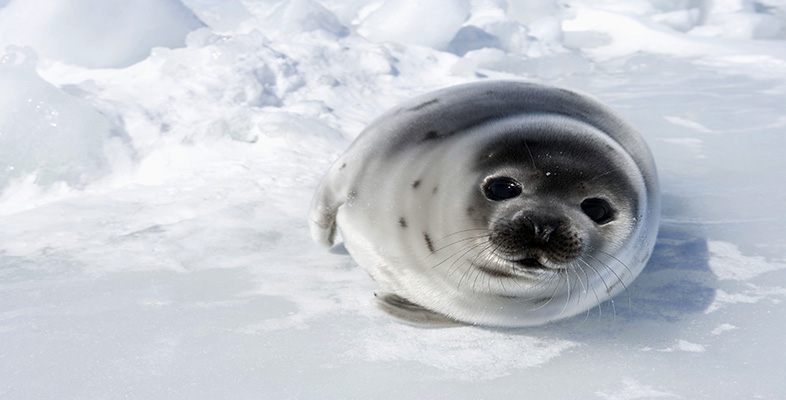5.2 Passive properties
Freezing is nearly always harmful to living cells because the tertiary structure of hydrophilic molecules such as proteins is disrupted and the permeability of membranes is drastically altered. The concentration of solutes in the blood of teleost fish is only about half that of seawater so, while seawater freezes at −1.9° C, fish blood would be expected to freeze at −1 to −0.6° C. One way in which fish living in very cold seawater avoid what seems like inevitable disaster is by supercooling: the body fluids can remain indefinitely below −0.6° C, provided they do not come into contact with any ice-crystals. The consequences of so doing were first demonstrated over 50 years ago by the Norwegian physiologist, Per Scholander (Figure 24).
SAQ 33
What tissues are the likely route for entry of ice-crystals into the fish?
Answer
The gills, which present no effective barrier to ice-crystals, the gut when food is ingested, and the flow of urine from the excretory system.

Except during urination, the urethra is closed tightly by a muscular sphincter lined with large quantities of mucus, thereby minimizing the risk of ice-crystals forming in the relatively dilute urine. Ice floats in water and the deeper layers of the oceans are usually slightly warmer, −1.8° C, than the surface water. So one way of avoiding the fate described on Figure 24 is to remain in deeper water. However, some fish, notably the capelin, spawn on beaches where the air temperature can be much colder than that of the sea. The sticky secretions on the outside of the eggs both stick them to the rocks and promote supercooling down to −5° C, but if the shells are pierced, tiny ice-crystals quickly form and the embryos freeze at −1.4° C.
Freezing is also avoided by the presence of ‘antifreezes’ called cryoprotectants (κρυoσ, kryos or κρυμoσ, krymos=frost) in the blood. Natural cryoprotectants are usually glycopeptides or peptides of molecular weight 2400–36000 that bind to ice-crystals and prevent them from growing larger than tiny nuclei. These cryoprotectants are present in almost all body fluids, including the blood, the cerebrospinal fluid, the peritoneal fluid, the interstitial fluid of the muscles, and (via bile secretions) the lumen of the gut. Other body fluids, such as the ocular fluid in the eye, are protected from contact with ice-crystals by the surrounding tissues. Cryoprotectant molecules are not eliminated by the kidney because most polar fish that have them also have aglomerular kidneys: their urine is formed by secretion into the nephron rather than by filtration.
At least eight different cryoprotectant molecules have already been identified, and almost all antarctic fish have some kind of antifreeze in their body fluids, usually throughout the year. Similar cryoprotectants have evolved in several kinds of arctic fish, but such adaptations are less widespread and cryoprotectants are present only during the winter in many species. In the northern oceans, most of the fish (and their mammalian and avian predators stay in the highly productive waters at the edge of the iceshelf and avoid direct contact with frozen seawater. Other cryoprotectant agents have evolved in terrestrial arthropods, amphibians and reptiles that hibernate in sub-arctic areas of Canada and Russia.
